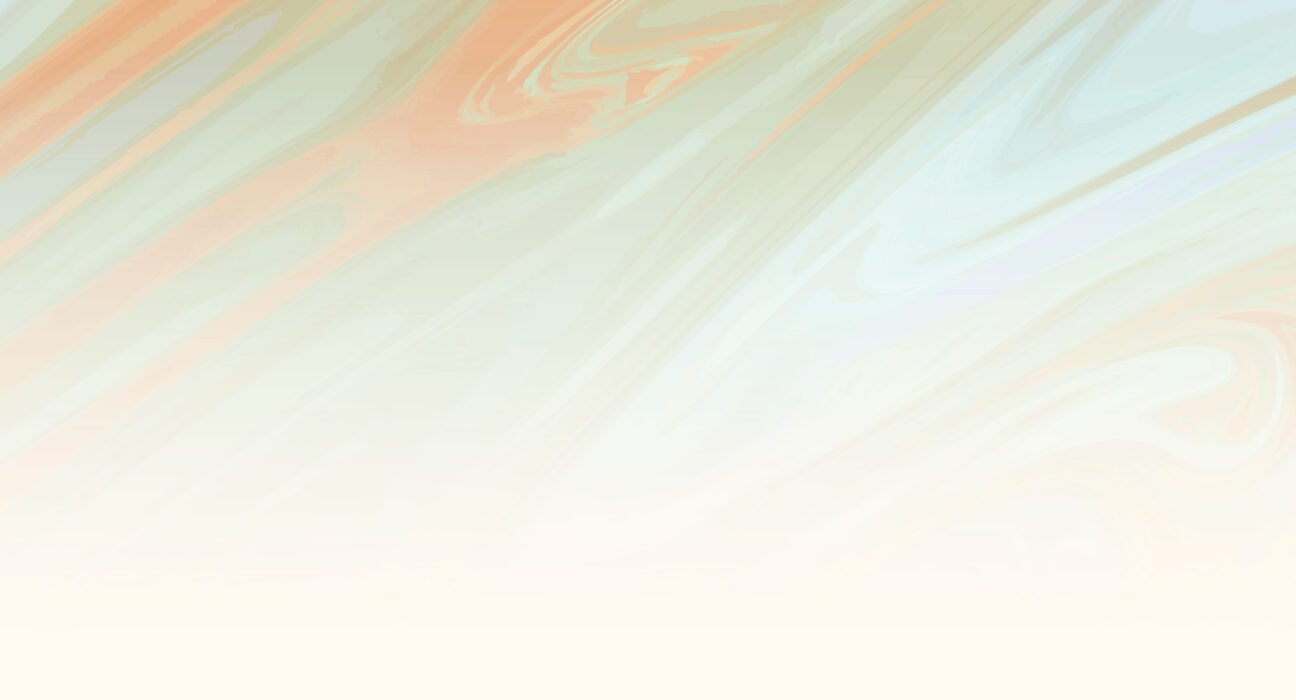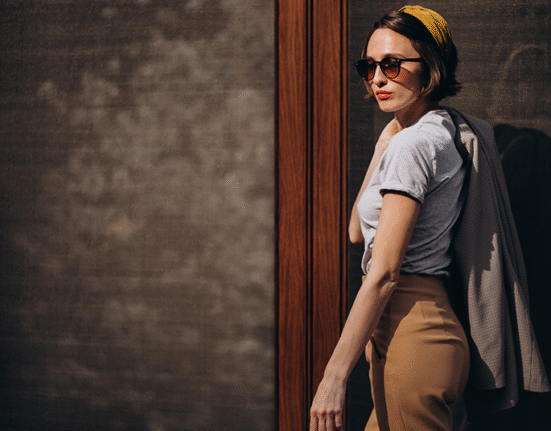Because of their easy application, velvety texture, and rich hues, soft pastels are a favourite medium among painters. These adaptable sticks of pure pigment are a top pick for producing colourful and expressive artwork on a variety of subjects and styles. Let’s explore the realm of soft pastels and discover why artists of all stripes continue to find them to be a timeless favourite.
What are soft pastels?
Pure pigment is used to create soft pastels; it is combined with a tiny bit of binder and shaped into sticks. Delicate pastels have a higher pigment concentration than oil pastels, which results in bright colours and a delicate, powdery texture. Oil pastels, on the other hand, have a larger ratio of binder. Artists can easily create rich, layered effects with this composition, whether they are building textures with aggressive strokes or mixing colours effortlessly.
What are the benefits of using soft pastels?
The adaptability of soft pastels is one of their most alluring features. They can be used by artists to produce a variety of effects, such as powerful, impasto textures and delicate, transparent washes. Blending, layering, and scumbling are just a few basic techniques that artists can use to create a wide variety of effects, from aggressive and expressive to smooth and delicate. Soft pastels provide countless creative opportunities, whether you’re working on an intricate portrait, a broad landscape, or an abstract piece.
Additionally, soft pastels are excellent for capturing the fleeting aspects of light and ambiance. Their velvety texture makes it simple to smudge and combine colours, resulting in delicate gradations of light and shadow and smooth colour transitions. This makes them especially suitable for capturing the sombre atmosphere of a wet day, the delicate hues of flowers, or the brilliant effects of sunsets.
The spontaneity and immediateness of soft pastels are another benefit. Soft pastels are a painting medium that may be used directly on paper or other surfaces, eliminating the need for specific equipment or drying times and allowing painters to work swiftly and intuitively. Because of their ease of transportation, painters can use them to paint plein air, capturing the ephemeral beauty of the natural world in brilliant hues.
What are the disadvantages of using soft pastels?
Soft pastels are simple to use, but they do require some ability and technique to get the hang of them. To get the desired effects, artists need to practice controlling the pressure they apply to the pastel sticks and properly blending and layering colours. Soft pastels can also be untidy to work with because the powdery pigment smudges easily and may need to be sprayed with fixative to preserve the final piece of art.
Conclusion: Soft pastels, with their rich hues, velvety texture, and spontaneous spontaneity, are an incredibly versatile and expressive medium that never fails to enthral artists. Soft pastels provide countless options for creative inquiry and artistic expression, regardless of your level of experience. Children above 9 years of age can effectively learn the art of soft pastels from Sukrutham Kala Kendra, online or offline, according to their location and preference.







